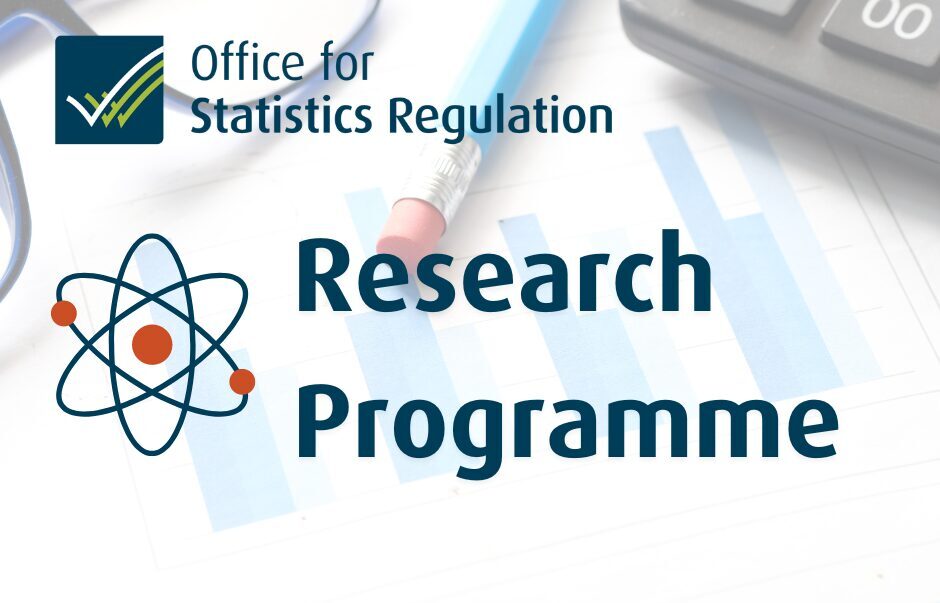1. Executive summary
At the Office for Statistics Regulation (OSR) we believe that statistics should serve the public good and, to support this vision, we have invested in research to deepen our understanding of this topic. This think piece sets out OSR’s current views on how official statistics can serve the public good, alongside the thought processes that led to these conclusions. We are publishing it in the knowledge that there is refinement needed: this think piece acts as an invitation for readers to join the discussion and help develop our position further.
At present, we propose that:
Official statistics serve the public good as public assets that provide insight, which allows them to be used widely for informing understanding and shaping action.
There are several elements of this proposal that we would like to highlight:
- We remain neutral to conceptions of what outcomes may be in the public good, but assert that statistics serve it through they insight they convey, which a range of potential users can harness to produce outcomes that benefit society.
- Being a ‘public asset’ comes from the public funding and public ownership of government statistics and data. Treating statistics as a public asset means statistics must be accessible to all, produced in an efficient manner, and their production and regulation should be accountable to the public.
- ‘Providing insight’ represents the role statistics play in what we know, which serves the public good by informing society and by facilitating transparency. It is about statistics that meet society’s need for information, which can be through validating existing evidence or providing new information. Implicit in providing insight is a sufficient level of quality, neutrality and context in the statistics. Serving the public good in this way requires producers to understand user and potential user needs for information, which is supported by wide engagement.
- In addition to providing insight, statistics being ‘used widely’ allows them to unlock new ways through which they can serve the public good: by ‘informing understanding and shaping action’. There are a wide range of potential users and uses that may serve the public good, statistics must be useable to support this use. Uses in the public good benefit the public, whereas misuse of statistics undermines the public good that statistics may serve.
We invite you to digest the perspective presented in this think piece, and to share your thoughts on what it may mean for how official statistics serve the public good by e-mailing us at regulation@statistics.gov.uk. Through inviting your participation, we intend to develop a shared understanding that can guide both our regulation and the production of statistics in our statistical system.
Back to top
